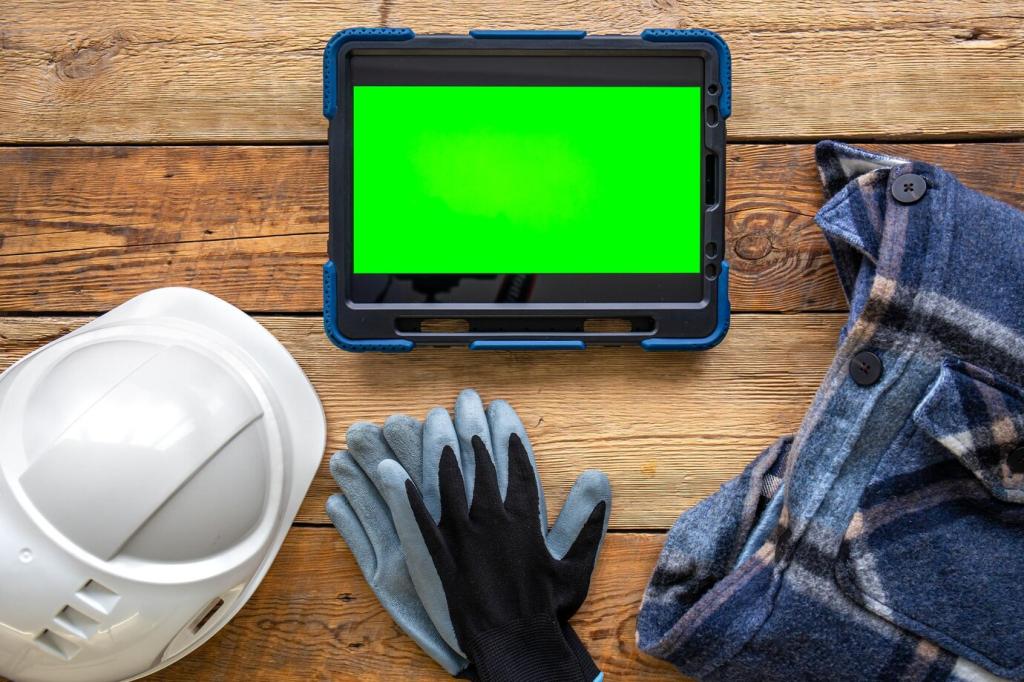Joinery Repairs That Last
Clean out old glue carefully, dry-fit the tenon, and shim with slivers from matching offcuts if necessary. Use liquid hide glue for open time and future reversibility. For stubborn joints, consider drawbore pins made from scrap hardwood.
Joinery Repairs That Last
Drill clean, glue in a hardwood dowel, and re-drill to proper pilot size. This avoids oversized screws and preserves surrounding fibers. When appropriate, use wood flour from your sanding dust to create color-matched, reversible filler for minor repairs.








